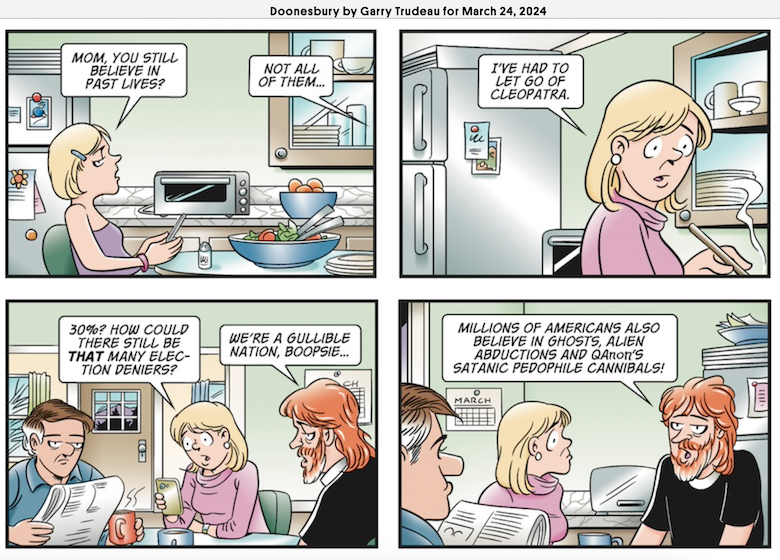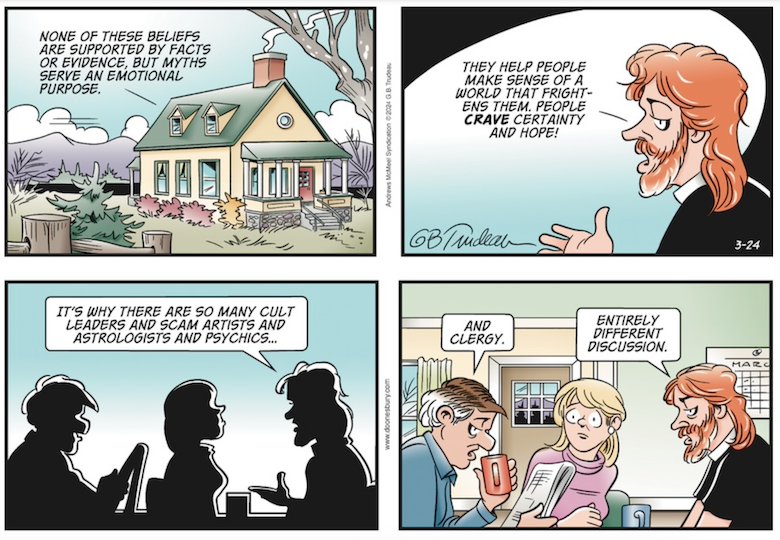For the longest time, Catholic churches and individuals have made money from claims of the supernatural, such as religious statues weeping or bleeding or the image of Jesus appearing on toast or in stains on walls, people claiming to have seen visions of Mary, and so on. Some of these claims were given credence by local priests and bishops.
The Catholic church has decided that this nonsense has gone too far and is exposing the church to ridicule and has decided to crack down, at least on some of the sillier claims.
Apparitions of the Virgin Mary and weeping statues have been part of Catholicism for centuries, but the age of social media has prompted the Vatican to issue a crackdown against potential scams and hoaxes.
New rules issued on Friday say that only a pope, rather than local bishops, can declare apparitions and revelations to be “supernatural”. The document, Norms for Proceeding in the Discernment of Alleged Supernatural Phenomena, updates previous guidance issued in 1978 that is now considered “inadequate”.
…There was “the possibility of believers being misled by an event that is attributed to a divine initiative but is merely the product of someone’s imagination, desire for novelty, tendency to fabricate falsehoods (mythomania), or inclination toward lying”.
The new rules strip bishops of the power to recognise the “supernatural” nature of apparitions and other purportedly divine events. Instead it offers bishops six potential conclusions, ranging from nihil obstat (nothing hinders), which would allow and even encourage popular devotion, to a declaration that a phenomenon is not supernatural.
Well, there goes a great source of amusement.


